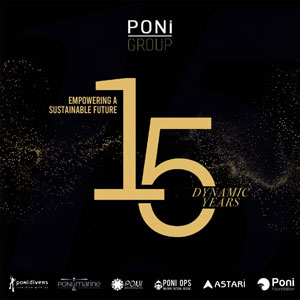For many Muslims, embarking on the journey of umrah is a profoundly moving experience, filled with spiritual significance and personal growth.
Media Permata journalist Yusrin Junaidi recently shared his first-hand account of performing umrah, a pilgrimage he described as one of the most unforgettable moments of his life.
THE BEGINNING OF THE JOURNEY
On November 9, Yusrin, accompanied by his family, departed Brunei for Jeddah on a direct flight.
With the assistance of a local travel agency, the journey proved to be seamless and spiritually fulfilling. Reflecting on the experience, Yusrin emphasised the importance of both mental and physical preparation, particularly for first-time pilgrims. Understanding the rituals of umrah and learning the associated prayers are crucial steps to fully embrace the significance of the pilgrimage.
Umrah, often referred to as the “lesser pilgrimage”, is distinct from haj yet equally revered as a spiritual endeavour.
It offers Muslims the opportunity to renew their faith, seek forgiveness, and strengthen their connection to Allah the Almighty.
A FIRST GLIMPSE OF THE KAABAH
Upon arriving at the Grand Mosque in Makkah, Yusrin was struck by the majestic sight of the Kaabah.
“Seeing the Kaabah for the first time filled me with a sense of peace and divine blessing,” he recalled. The overwhelming awe of standing before the sacred structure left an indelible mark on his heart, reinforcing his connection to Allah the Almighty. The rituals began with the tawaf, a circumambulation of the Kaabah performed seven times. “Each round brought me closer to Allah the Almighty, deepening my gratitude and humility,” Yusrin shared.
As he walked alongside thousands of fellow pilgrims, the collective devotion created an atmosphere of unity and reverence. This act of worship serves as a reminder of the equality of all believers before Allah the Almighty, regardless of nationality or status.
The tawaf was followed by sa’ie, a symbolic re-enactment of Hajar’s search for water, as pilgrims walked back and forth between the hills of Safa and Marwah.
This ritual, steeped in faith and perseverance, commemorates Hajar’s unwavering trust in Allah the Almighty. For Yusrin, it was a poignant reminder of the sacrifices and determination that underpin the Islamic faith.
The experience culminated with tahalul, a symbolic act of shaving or trimming hair, marking the completion of the umrah rites.
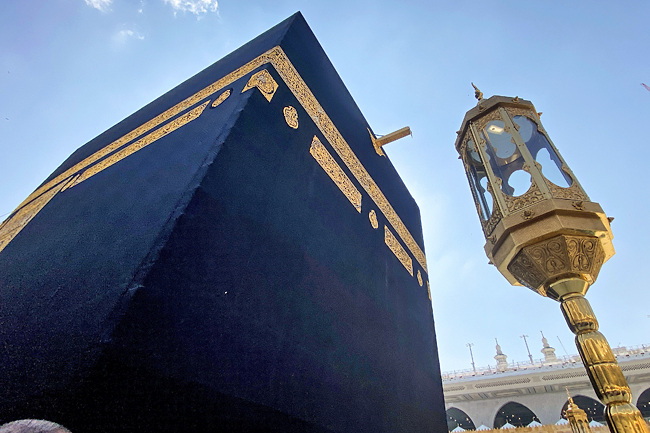
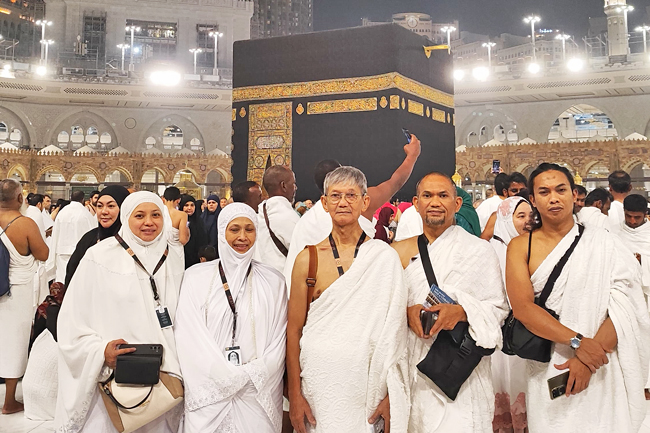
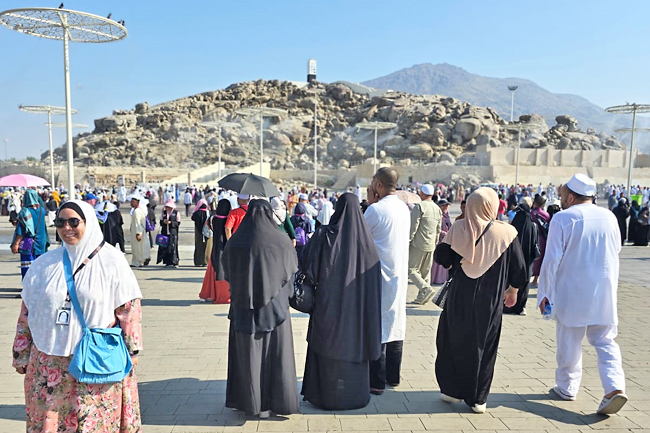
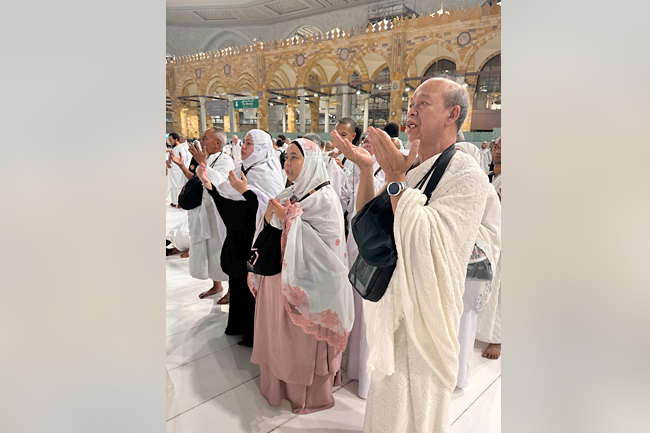
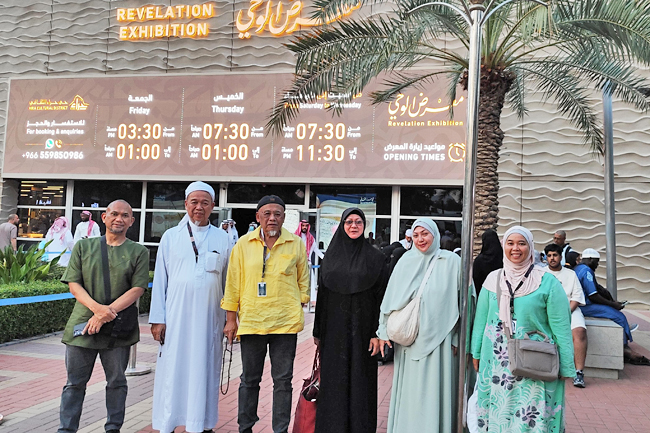
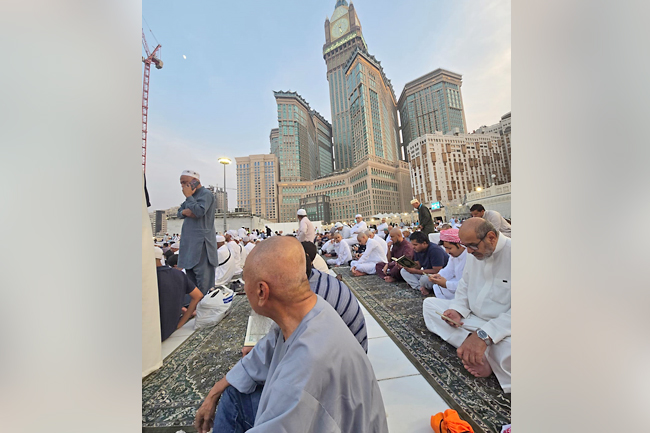
AN EMOTIONAL MOMENT AT HAJAR AL-ASWAD
Standing before the Hajar al-Aswad, or Black Stone, Yusrin experienced one of the most poignant moments of his journey.
Although he could not physically touch or kiss the stone due to the crowd of pilgrims, being near it evoked a deep sense of spiritual connection and serenity.
The Black Stone, believed to have been sent from paradise, holds a special place in Islamic tradition and is often sought after as a symbol of divine mercy and blessings.
EXPLORING JABAL RAHMAH
Beyond the sacred rituals, Yusrin’s journey also included a visit to Jabal Rahmah, the Mount of Mercy, in Arafah.
This site holds great historical and spiritual significance, as it is believed to be the meeting place of Prophet Adam (pbuh) and Hawa (Eve) after their descent to Earth. The name “Rahmah”, meaning mercy, symbolises Allah the Almighty’s infinite compassion and forgiveness.
Today, Jabal Rahmah attracts pilgrims who come to pray and reflect, seeking forgiveness and blessings.
“Standing at Jabal Rahmah felt like a tangible reminder of Allah the Almighty’s mercy and compassion,” Yusrin noted, highlighting the mountain’s importance not just in Islamic history but also as a symbol of hope and redemption.
THE REVELATION MUSEUM
Another highlight of the journey was a visit to the Revelation Museum, which chronicles the history and impact of Al-Quran revelations received by Prophet Muhammad (pbuh).
The museum houses an array of artefacts, including early Al-Quran manuscripts, religious relics, and replicas of key historical sites.
Among the exhibits were handwritten Al-Quran manuscripts and replicas of significant locations such as Hira Cave, where the first revelation was received.
“It was a cultural and spiritual experience that deepened my understanding of Al-Quran’s significance,” he said.
The museum also highlights the role of Al-Quran in shaping Islamic civilisation, offering visitors insights into the spiritual and cultural dimensions of the revelations.
A JOURNEY OF FAITH
From the awe-inspiring sight of the Kaabah to the emotional moments of prayers at sacred sites, every aspect of the journey left a lasting impression.
For those contemplating their own umrah journey, Yusrin advises thorough preparation and an open heart, ready to embrace the transformative power of this sacred experience.
“Umrah is a journey of the soul,” he concluded, “one that brings us closer to Allah the Almighty and reminds us of the beauty of our faith.” – Rizal Faisal



